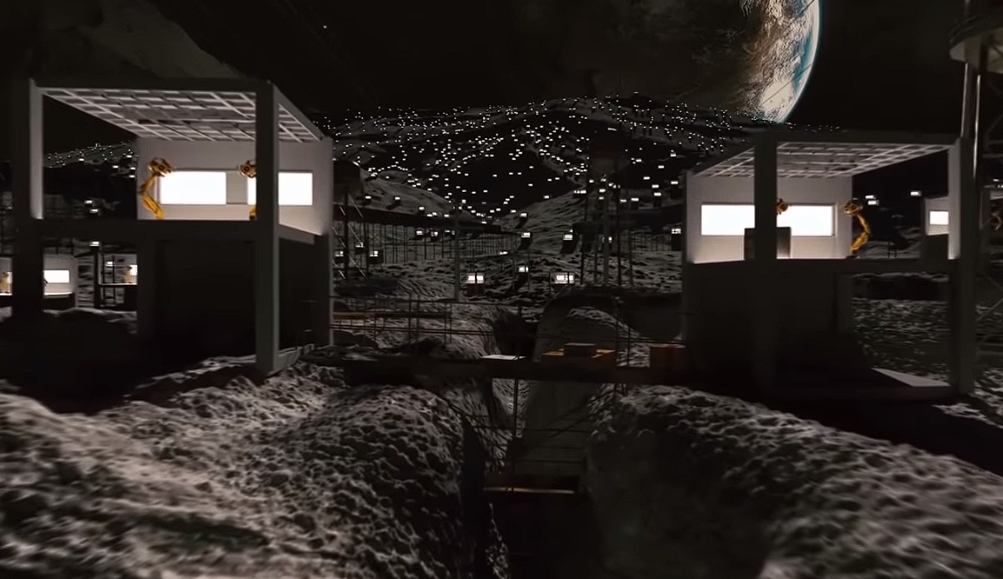In the midst of Moscow’s fervor and curiosity during the Cold War era of 1963, deep scientific dialogues and interests thrived. The repercussions of the Space Race had a profound impact on the world, sparking contemplations about the unknown mysteries that may exist beyond our reach.
It was in this atmosphere that Nikolai Kardashev, a prominent physicist, embarked on a journey that would forever change our perceptions of the universe.
Kardashev’s venture was triggered by a mysterious radio signal emanating from a distant quasar, named CTA 102. This event marked the initial Soviet exploration into the existence of alien intelligence.
However, beyond a mere puzzling signal, the physicist imagined the intriguing possibility of highly advanced extraterrestrial civilizations existing far beyond our understanding.
This realization led Kardashev to introduce his innovative idea to the world—the Kardashev Scale. This framework classified civilizations into three tiers based on their mastery of energy.

At the lowest level resided the Type 1 civilization, with the capacity to control the fundamental forces of their home planet. Imagine manipulating weather patterns, seismic activities, and volcanic eruptions at will—a domain attributed to a Type 1 civilization.
Advancing up the hierarchy, we encounter the Type 2 civilization, adept at harnessing a star’s energy. Members of such a society could potentially inhabit neighboring planets, resembling the idealistic scenarios portrayed in beloved science fiction series. It envisions a realm where humanity might thrive beyond the confines of a single planet.
However, the most extraordinary tier of Kardashev’s scale unveils the Type 3 civilization. These beings transcend the boundaries of a single star system; they traverse the vast expanses of the galaxy itself.
Their energy manipulation extends to black holes, echoing the dominant power of a renowned Empire in a distant galaxy.
Where do we, the inhabitants of Earth, fit on this cosmic scale? Positioned as Type 0, our primary energy source remains in ancient plant matter buried beneath our planet’s surface.
We are still in our cosmic infancy, tied to our home world, with much to uncover about the mysterious universe surrounding us.
Nevertheless, an intriguing facet emerges here. Some critics dismiss the possibility of extraterrestrial contact, arguing that the immense interstellar distances make such encounters almost inconceivable.
Yet, a crucial point arises—this skepticism hinges on the assumption that potential alien civilizations are similar to us, merely Type 1.
What if they are thousands or even hundreds of thousands of years ahead on the Kardashev Scale? As they reach the realms of Type 2 and Type 3, the laws of physics as we know them begin to blur and expand.
The barriers of distance and our current comprehension of the universe might become irrelevant.
In essence, the Kardashev Scale prompts us to ponder the vast potentials of advanced extraterrestrial societies. It encourages us to discard doubts and embrace the possibility of a new era in our cosmic exploration.
Skeptics and pessimists may need to reevaluate their stance because faced with significantly advanced civilizations, our universal understanding could undergo a profound transformation.
Video:
As we continue to peer into the depths of space, there may come a moment when we encounter the mysterious beings who have unraveled the universe’s secrets. Until that decisive moment arrives, we must remain open to the cosmic potentials hinted at by the Kardashev Scale, for within the vast cosmos, the greatest mysteries are yet to be revealed.
